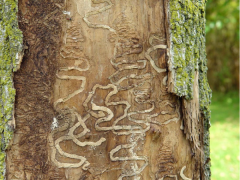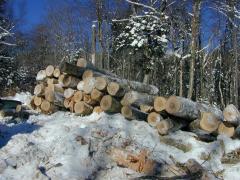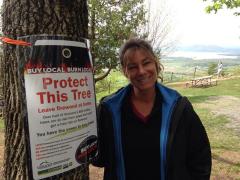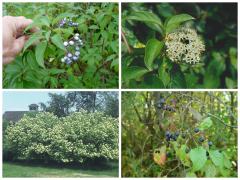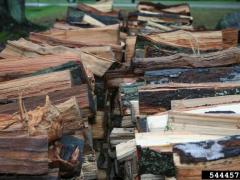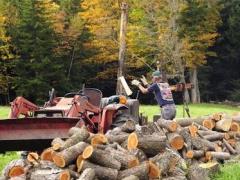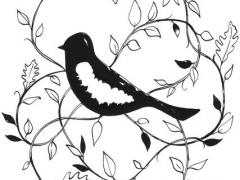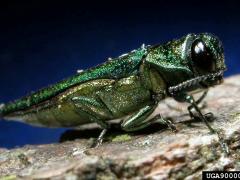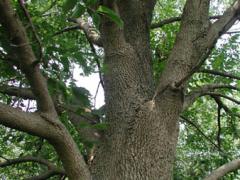Shady lanes returning to NJ towns bitten by Asian longhorned beetle

By Lisa Eckelbecker
Telegram & Gazette Staff
LINDEN, New Jersey – Jeffrey A. Tandul’s friends like to joke that he’s a “dead tree savant,” able to spot dying trees from blocks away, but on a gray June day he’s more focused on the living.
Mr. Tandul, chairman of the Shade Tree Commission in this...
